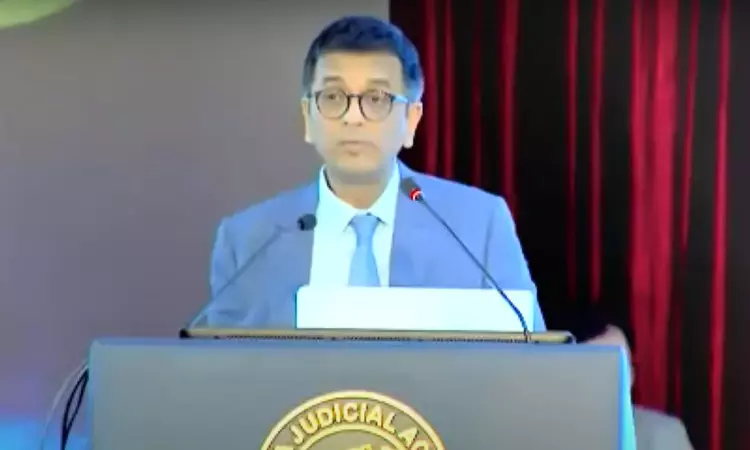Age Of Livestreaming And Social Media Places New Demands On Judges: Chief Justice Chandrachud
Sheryl Sebastian
6 May 2023 2:41 PM IST

Next Story
6 May 2023 2:41 PM IST
The Chief Justice of India D Y Chandrachud speaking at the National Conference on Digitization, Paperless Courts and e-Initiatives organised by the High Court of Orissa, remarked that in the age of livestreaming and social media every word said by judges in court is up in public realm, which places new challenges and demands on judges. “We realise this when we livestream constitution...
